iPSC reprogramming and expansion
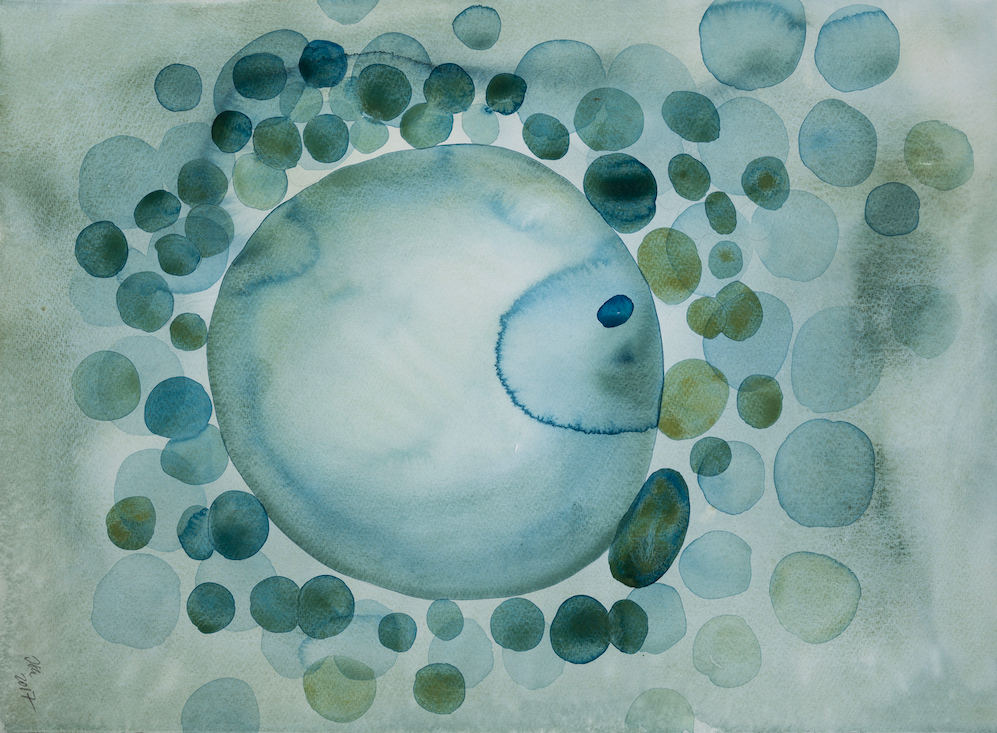
Reprogramming and expansion of human iPS cells on Biolaminin substrates
High-efficiency iPSC reprogramming and expansion on Biolaminin 521
Human recombinant Biolaminin 521 LN (LN521) is a chemically defined and animal origin-free system for robust, clinically compliant reprogramming and expansion of human, induced pluripotent stem cells (Uhlin, 2017a, Uhlin, 2017b, Tano, 2014; Lu, 2014). It successfully replicates the genuine human stem cell niche in vitro and thereby provides a highly reliable and reproducible culture system to create sufficient populations of undifferentiated cells that, in turn, can be terminally differentiated.
Reprogramming on LN521 has successfully been performed using mRNA (Warren, 2010; Sellgren, 2016) and Sendai-virus methods (Uhlin 2017a; Uhlin 2017b). Cells can be passaged in very low cell densities and can be cultured to high confluence without phenotypic alterations (Rodin, 2014a; Rodin, 2014b). Moreover, LN521 supported direct hiPSC lineage-specific differentiation (Lu et al., 2013). A publication by Matsumura and co-workers shows how laminin-521 increased the survival and propagation of single-cell hiPSC clones in a microfluidic device by conditioning the medium (Matsumura, 2014).
Robust, long-term expansion of human pluripotent stem cells on Biolaminin 521
Once the cell line is established, LN521 supports the robust, long-term, single-cell expansion of human pluripotent stem cells. Pluripotent stem cells grow as a monolayer on LN521 providing you with a homogenous, pluripotent cell culture without the need to dispose of unwanted differentiated cells (Rodin, 2014a; Rodin, 2014b). The cells migrate quickly on LN521, which correlates with the high survival of the cells (Rodin, 2014a). The natural cell-matrix interaction triggers authentic biorelevant signals and gives homogenous and genetically stable PSC cultures with more uniformed gene expression. Importantly, culture on LN521 primes the hPSCs and gives more efficient differentiation and enhances cell maturation, polarization, and organization (Cameron, 2015; Penton, 2016). LN521 also supports high post-thawed survival of cryopreserved pluripotent stem cells (Miyazaki, 2013). Cells amplify faster compared to other matrices, with about 10-fold expansion in 4 days.
A flexible culture system that is easy to control
Due to the authentic biorelevant signals provided by the culture matrice, LN521 is a flexible culture system. LN521 works with most commercial media and hPSCs can routinely be cultured as single cells without the need to add apoptosis inhibitors, such as ROCKi. Since laminin efficiently buffers endogenously produced growth factors, LN521 also performs well together with growth-factor reduced media (Rodin, 2014a). The biorelevant support provided by the LN521 matrix also has a protective effect against DNA damage caused by suboptimal culture conditions, such as high-density culture and pH changes (Jacobs, 2016). This allows for weekend-free feeding, drastically reducing workload, time, and cost for growing your cells. A detailed step-by-step protocol for secure transfer from feeders, true clone generation, and expansion of hPSCs and freezing and thawing as single cells on LN521 has been published (Rodin et al., 2014b). There are also critical steps and reagents included for easier handling of more difficult lines and a useful troubleshooting guide (Rodin et al., 2014b).
Biolaminin 521 successfully replicates the genuine human stem cell niche in vitro
In the developing embryo, the alpha-1 and alpha-5 laminins are the first extracellular matrix proteins to be expressed. Laminin 111 is mostly expressed in extra-embryonic basement membranes and stimulates cells to commit to differentiation. Contrary, laminin isoforms 521 and 511 are expressed around the stem cells in the inner cell mass and support survival and self-renewal of the pluripotent stem cells (Domogatskaya, 2012; Rodin, 2014a). The alpha-5 laminins are also produced endogenously by human pluripotent stem cells cultured in vitro and are critical autocrine and paracrine factors that regulate their survival and self-renewal (Laperle, 2015).
LN521 has strong interaction with the α6β1 integrin which induces the PI3K/Akt signaling pathway. In pluripotent stem cells, this interaction promotes survival and efficient long-term self-renewal (Rodin, 2014a; Rodin, 2014b). Activation of integrin α6β1 by alpha-5 laminins has also shown to regulate focal adhesion kinase (FAK) signaling in hPSCs and disruption of this pathway results in hPSC differentiation (Villa-Diaz, 2016). Laminin 511 binds the same integrin but the α6β1 integrin mediating effects of laminin 521 is much stronger than that of laminin 511 which results in more robust hPSC expansion on LN521 (Rodin, 2014a).
Protocols:
Integration free derivation of human iPS cells using LN521 matrix
Highly efficient reprogramming of human cells using synthetic modified mRNA
Defined and animal origin-free, clonal culture, and expansion of hiPSC and hESC on LN521
mRNA reprogramming – high-throughput, animal origin-free, feeder-free, footprint-free iPSC derivation. Dr. Warren is the Founder & CEO at Stemiotics Inc., a San Diego-based provider of cellular reprogramming services. Here he gives a talk on “Messenger RNA Reprogramming and the Path to Clinically Relevant iPSCs” at the 2nd BioLamina Symposium June 23, 2015 in Stockholm, Sweden.
What our customers say
“We experienced that the laminin-521 culture system has high efficiency and lower labor-intensity when compared to the MEF-based systems. LN521 enabled us to culture our cell lines more flexibly, using only small quantities of cells for routine maintenance of lines and allowing a fast upscaling of cultures when experiments are planned.”
Dr. Mieke Geens
Medical School of the Vrije Universiteit, Belgium
Succeed with your application
-
Instructions 001: Coating with Biolaminin substrates
Protocol and concentration calculations for coating cultureware with Biolaminin
Open pdf -
Application note 015: Cell therapy grade Biolaminin 521 CTG
Features of the Biolaminin CTG product designed for clinical use
Open pdf -
Application note 004: Expansion of pluripotent stem cells on Biolaminin 521
Key benefits of Biolaminin for reproducible stem cell culture
Open pdf -
Integration Free Derivation of Human Induced Pluripotent Stem Cells Using Laminin 521 Matrix
Uhlin E., Marin Navarro A., Rönnholm H., Day K., Kele M., Falk A. J Vis Exp. 2017
Read more -
Highly efficient reprogramming to pluripotency and directed differentiation of human cells using synthetic modified mRNA
Warren L., Manos P.D., Ahfeldt T., Loh Y-H., Li H., Lau F., Ebina W., Mandal P., Smith Z.D., Meissner A., Daley g.Q., Brack A.S., Collins J.J, Cowan C., Schlaeger T.M, Rossi D.J. Cell Stem Cell., 2010
Read more -
OtherJune 10, 2021
Quality documents
Quality documents Quality certifications ISO 9001 certificate Safety data sheets Biosilk (BS)Biosilk
Biolaminin Key Advantages
Biolaminin 521 provides a biologically relevant culture environment for human ES and iPS cells and triggers the authentic cell signaling pathways involved in survival, proliferation, migration, and differentiation. The high expansion rate and controlled single-cell passaging facilitates automation and high-throughput processes.
Specific laminin isoforms are present in different tissue microenvironments and are essential for cell survival, proliferation, and differentiation. Biolaminin products allow you to imitate the natural cell-matrix interactions in vitro.
All our matrices are chemically defined and animal origin-free, which makes them ideal substrates for each level of the scientific process – from basic research to clinical applications.
Our products have consistent composition and quality. This enables minimized variability between experiments.
Numerous scientists have found our products and finally succeeded in their specific stem cell application. The power of full-length laminins incorporated into various cell systems is well documented in scientific articles and clinical trials.
Recommended products
-
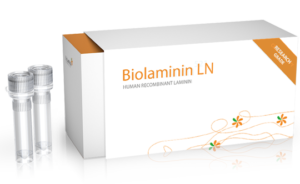
Biolaminin 521 LN (LN521)
Full-length human recombinant laminin-521
Biolaminin 521 LN is a full-length laminin-521 substrate—the natural laminin for pluripotent stem cells, reliably facilitating ESC and iPSC self-renewal in a chemically defined, xeno-free stem cell culture system. It also uniquely promotes the growth and identity of various tissue-specific human cell types.View product -
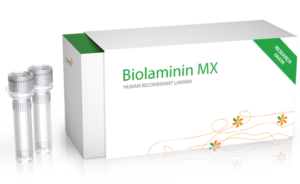
Biolaminin 521 MX (MX521)
Full-length human recombinant laminin-521
Biolaminin 521 MX is a full-length laminin-521 substrate designed for research aiming for clinical applications.View product -
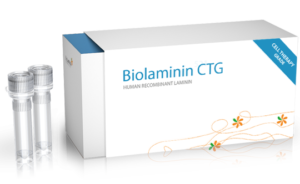
Biolaminin 521 CTG (CT521)
Full-length human recombinant laminin-521
Biolaminin 521 CTG is a full-length laminin-521 substrate designed for clinical applications.View product
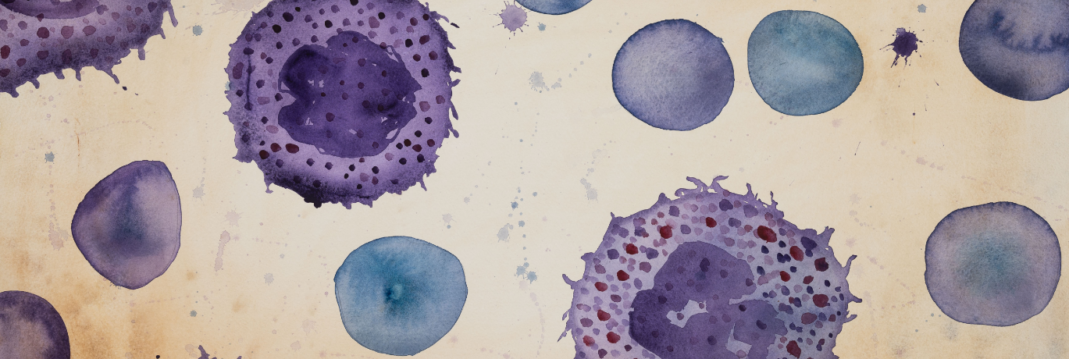
Talk to our team for customized support
We are here to help you in your journey.